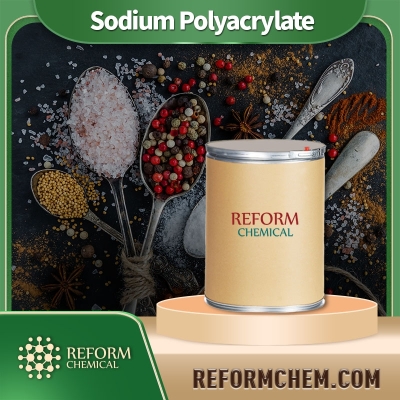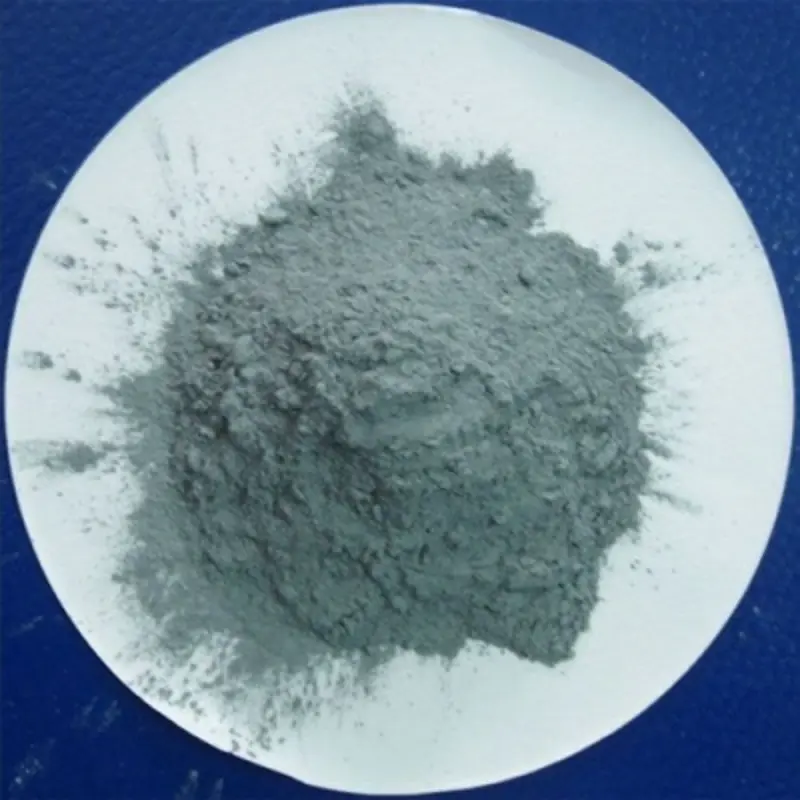-
Categories
-
Pharmaceutical Intermediates
-
Active Pharmaceutical Ingredients
-
Food Additives
- Industrial Coatings
- Agrochemicals
- Dyes and Pigments
- Surfactant
- Flavors and Fragrances
- Chemical Reagents
- Catalyst and Auxiliary
- Natural Products
- Inorganic Chemistry
-
Organic Chemistry
-
Biochemical Engineering
- Analytical Chemistry
-
Cosmetic Ingredient
- Water Treatment Chemical
-
Pharmaceutical Intermediates
Promotion
ECHEMI Mall
Wholesale
Weekly Price
Exhibition
News
-
Trade Service
1,2,3-Propanetricarboxylic acid, 2-hydroxy-, lead(2+) salt (2:3) is a compound with a variety of industrial applications.
The chemical formula for this compound is (CH3CH2COOH)2Pb(OH)2, and it is also commonly referred to as lead acetate.
Lead acetate has been used in the chemical industry for many years due to its versatile nature.
It is a white or slightly yellowish solid that is soluble in water and many organic solvents.
The compound has a strong, unpleasant odor, which makes it useful as a fixative in perfumes and fragrances.
One of the most common applications of lead acetate is in the production of plastics.
It is used as a catalyst in the production of polyvinyl chloride (PVC), which is a common plastic used in a variety of applications, including piping, window frames, and flooring.
The lead acetate catalyst helps to speed up the polymerization process, resulting in a more efficient and cost-effective production process.
Another significant application of lead acetate is in the production of batteries.
The compound is used in the positive plate of certain types of lead-acid batteries, such as those used in vehicles and backup power systems.
The lead acetate provides a source of lead ions, which are essential for the battery to function properly.
Lead acetate is also used in the production of glass.
It is added to the batch during the manufacturing process to improve the clarity and stability of the final product.
The compound helps to reduce the amount of bubbles that form in the glass, resulting in a clearer and more durable product.
The compound is also used in the production of textiles.
It is added to the finishing process to improve the softness and wrinkle resistance of the fabric.
Lead acetate is also used in the production of paper, where it helps to improve the brightness and whiteness of the final product.
In the pharmaceutical industry, lead acetate is used as a medication to treat various conditions.
It is used to treat hyperkalemia, which is a condition characterized by high levels of potassium in the blood.
Lead acetate works by binding to the potassium ions in the blood, reducing their concentration and helping to lower the blood potassium level.
The compound is also used in the treatment of lead poisoning, as it can chelate lead ions and help to remove them from the body.
In the food industry, lead acetate is used as a food additive and a preservative.
It is added to various products, including sauces, pickles, and baked goods, to improve their texture and shelf life.
The compound is also used as a flavoring agent in certain food products.
Lead acetate is a versatile compound with a wide range of industrial applications.
Its ability to act as a catalyst, a fixative, a medication, and a preservative make it a valuable component in many different industries.
Despite its usefulness, lead acetate is also a toxic compound and should be handled with care to avoid exposure to its harmful effects.
Proper safety measures and precautions should always be taken when working with lead compounds.




![Aluminum, [(2E)-2-butenedioato(2-)-κO1]hydroxy- Al-Fum](https://file.echemi.com/fileManage/upload/goodpicture/20230919/ibrutinib-high-quality_b20230919163357076.jpg)


